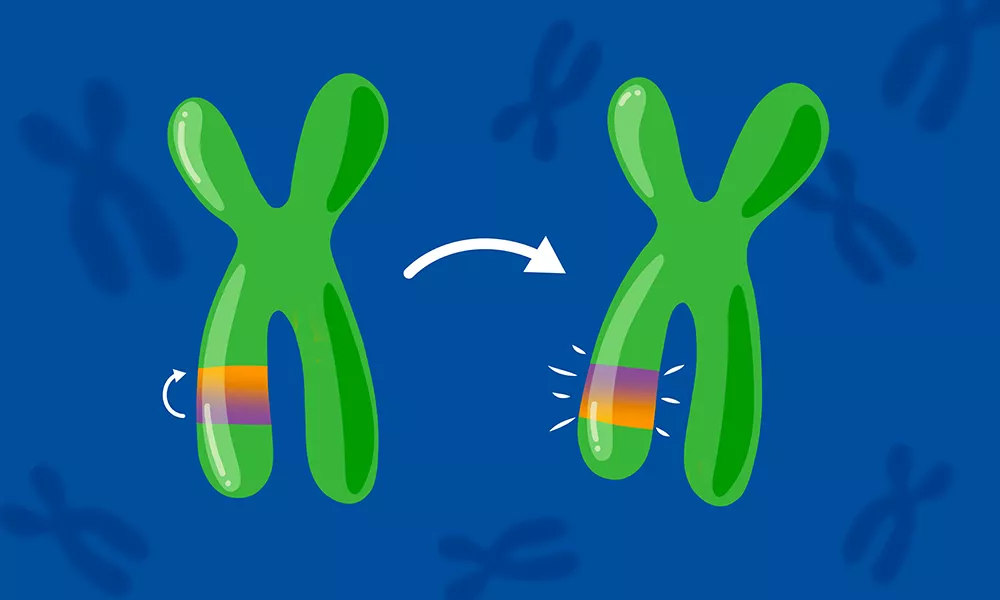As the blueprint of cell machine, human DNA can make cells, organs and even the whole organism work. However, DNA mutations can lead to genetic diseases. Point mutations in a single site, deletion, replication and inversion are examples of such DNA mutations. Inversion refers to the inversion of the direction of a piece of DNA in the genome. Because inversion is more difficult to analyze than other forms of mutation, humans know little about it.
In this regard, scientists from EMBL Heidelberg have cooperated with colleagues from the University of Washington and Heinrich Heine University in Dusseldorf, Germany, and have determined that inversion is one of the most common mutation processes in humans.
The researchers revealed how inversions are formed and investigated in detail a set of 40 inversions that are repeatedly formed in the genome. It is reported that these inversions make the DNA sequence flip back and forth. These "flipped" inversions are usually located in areas related to the development of some human diseases called genomic diseases.
Jan Korbel, senior scientist and director of data science at EMBL, said: "we found that the formation rate of inversion is much higher than previously thought. In humans, at least 0.6% of the genome changes direction repeatedly, making inversion one of the fastest mutation processes in humans. In these places, the genome is unstable - the direction of DNA code continues to switch back and forth."
These unstable regions are home to many basic human genes. The scientific study of long-distance gene regulation or epigenetics must now take this reversal behavior of genomic regions into account.

Turnover is also associated with the development of human diseases, such as developmental retardation in children or neuropsychiatric disorders in adults. Tobias Marschall, director of the Institute of medical biometrics and bioinformatics at Heinrich Heine University in Dusseldorf, said: "Although they are very important, these areas have been very difficult to study before because of their complexity. Showing that these reversals are indeed reversed back and forth requires a new set of calculation methods. We can now provide human geneticists with a new tool to understand the origin of their patients."
Evan Eichler, head of the team at the University of Washington, said: "We have shown for the first time that inversion can be associated with rare genomic rearrangements found in childhood autism, developmental retardation and epilepsy. The question now is why? We hypothesize that some configurations of inverted flanks make individuals and their offspring vulnerable to disease-related rearrangements or protect them. This may have practical clinical applications where it can be used to identify families at risk of developing these diseases."